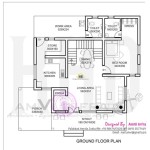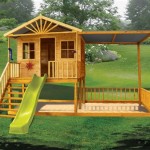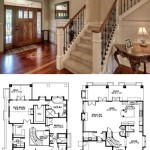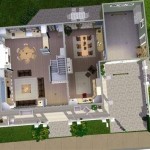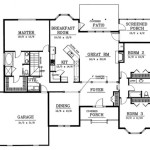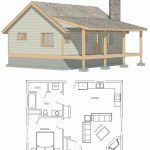Ancient Greek Home Plans: Unveiling the Architectural Ingenuity of the Past
Ancient Greek home plans stand as testament to the remarkable architectural prowess of this ancient civilization. These dwellings were meticulously designed to accommodate the needs and aspirations of their inhabitants, reflecting their profound understanding of space, proportion, and aesthetics.
1. The Megaron: The Central Hub of the Home
The Megaron served as the central living space of the house. It was a rectangular room with a central hearth, around which family and guests gathered for meals, social activities, and religious ceremonies. The Megaron's large size and prominent location symbolized the importance of communal living in Greek society.
2. The Gynaeceum: A Private Realm for Women
The Gynaeceum was the private domain of women, located in a separate wing of the house. It typically comprised bedrooms, a kitchen, and a storage area. This seclusion provided women with a dedicated space for domestic tasks, childrearing, and managing household affairs.
3. The Andron: A Social Space for Men
In contrast to the Gynaeceum, the Andron was a social space reserved for men. It was located at the front of the house and served as a reception area for guests. The Andron was often adorned with fine furnishings, artwork, and entertainment facilities.
4. The Peristyle Courtyard: A Tranquil Oasis
Many Greek houses featured a central peristyle courtyard, surrounded by a colonnade of columns. This open space provided natural light and ventilation to the interior rooms and served as a place for relaxation, contemplation, and outdoor dining.
5. The Importance of Symmetry and Proportion
Ancient Greek home plans were characterized by their strict adherence to symmetry and proportion. The arrangement of rooms and the dimensions of the house were carefully calculated to create a harmonious and visually pleasing effect. This attention to detail reflected the Greeks' belief in the importance of order and balance in architecture.
6. Use of Natural Materials
Greek homes were typically constructed using natural materials such as wood, stone, and marble. These materials were readily available and provided durability, thermal insulation, and a natural aesthetic appeal.
7. Influence on Modern Architecture
The architectural principles and design elements of Ancient Greek home plans have had a profound influence on modern architecture. Their emphasis on symmetry, proportion, and the integration of outdoor spaces continue to inspire architects and designers today.
In conclusion, Ancient Greek home plans were not mere dwellings but rather sophisticated architectural creations that reflected the societal values and cultural aspirations of the Greeks. Their ingenious designs and harmonious proportions have left an enduring legacy on the world of architecture.

Ancient Greek House Courtyard Original Houses Plans Architecture

Reconstruction Of An Ancient Greek House Ground Floor Plan Riba Pix

Ancient Greece The Greek House

Pin On Haus

Houses Olynthos Project

Architectural History Ancient Greece Part 4 Domestic Buildings Greek Furnishings Design Fashion Blog

Greek Roman Mythology Tools

Ancient Greece Interior Design Furniture Crafts Greek Architecture

The Bioclimatic House Architecture Of Ancient Greece

All You Ve Wanted To Know About Ancient Greek Homes Oldest Org

